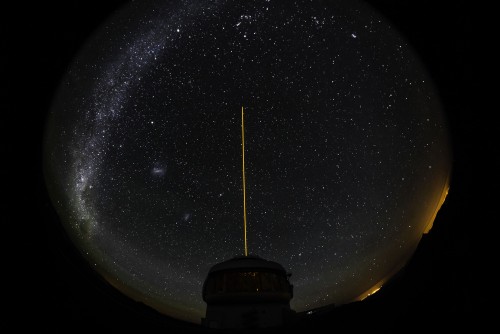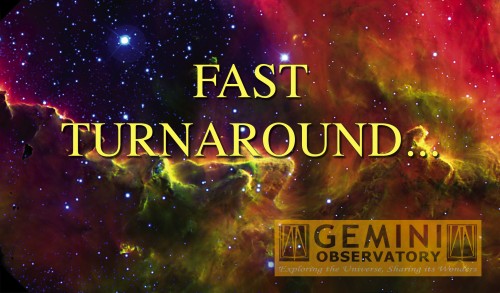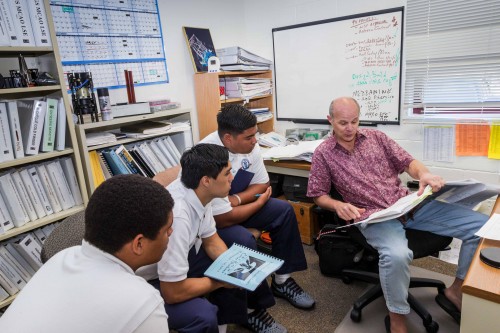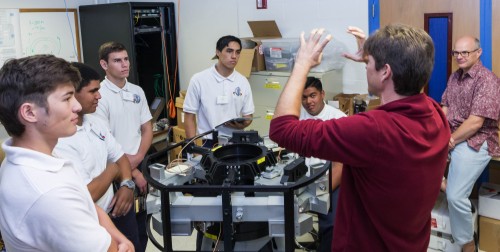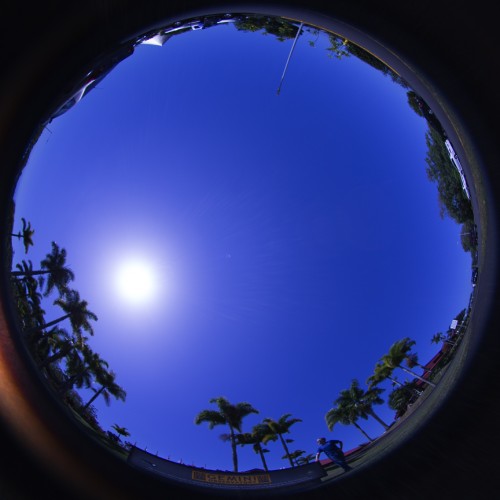- Date: 10 Mar 2015
- Comments: (0)
- Categories: For Astronomers, Software & Data Reduction
The new Gemini Mask Making Preparation Software (GMMPS) is now available, and it supports both Gemini Multi-Object Spectrographs (GMOSs) at Gemini North and Gemini South detector configurations.
Once updated, you will notice more efficient and fully compatible mask designs (older version mask designs may be rejected by Gemini). To find more information on major changes, please visit: http://www.gemini.edu/sciops/instruments/gmos/multiobject-spectroscopy/maskmaking-software
Both GMOS-North and GMOS-South offer the possibility of obtaining spectra of several hundred objects simultaneously in their multi-object spectroscopy (MOS) modes. The GMOS MOS design is based upon precisely fabricating and locating a plate containing many small slits within the spectrograph’s entrance aperture. In a single mask you can typically have 30-60 slits, with a maximum of several hundred slits when narrow-band filters are used. A total of 18 masks can be loaded into either GMOS instrument at any given time. Actual mask production for both telescopes is done with a laser milling machine located in La Serena, Chile.

